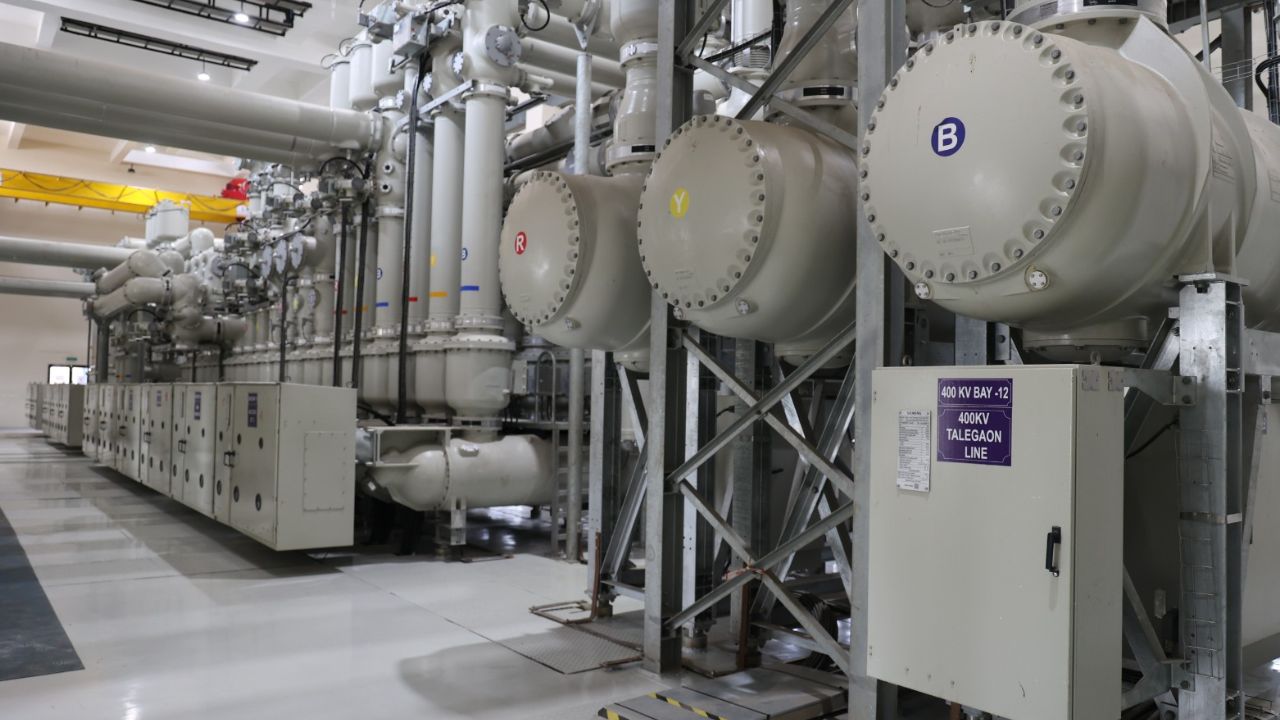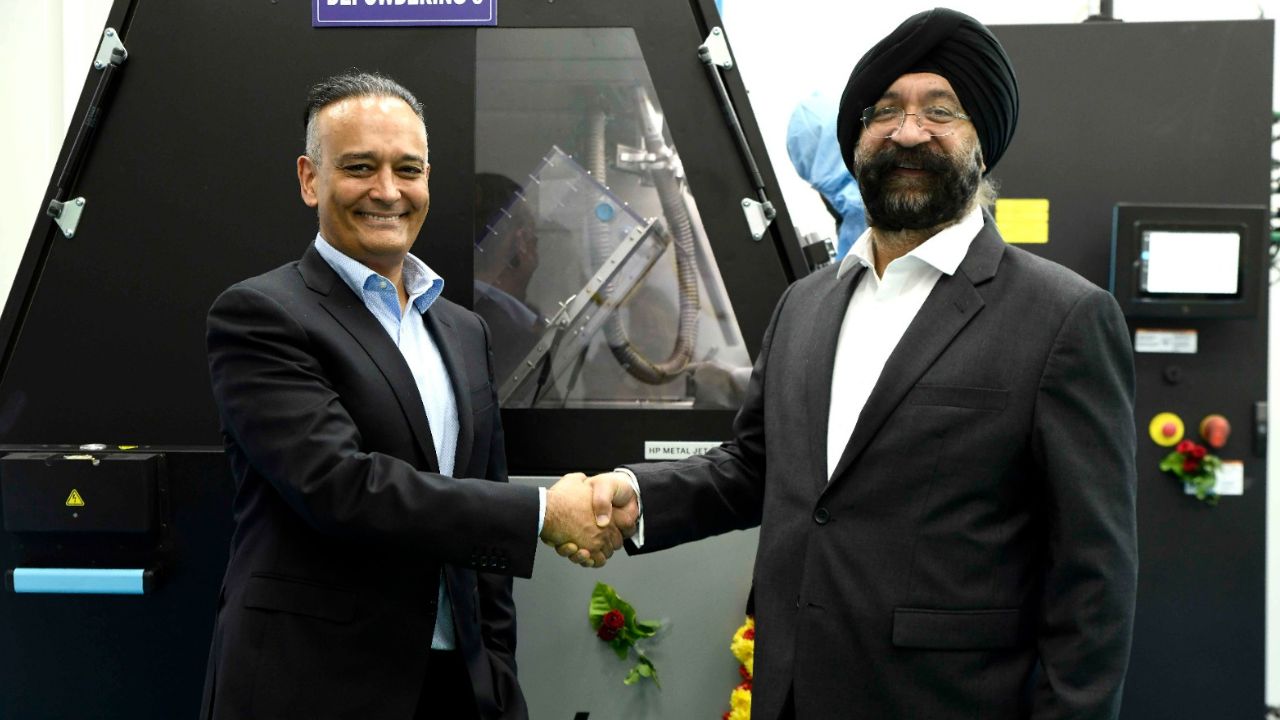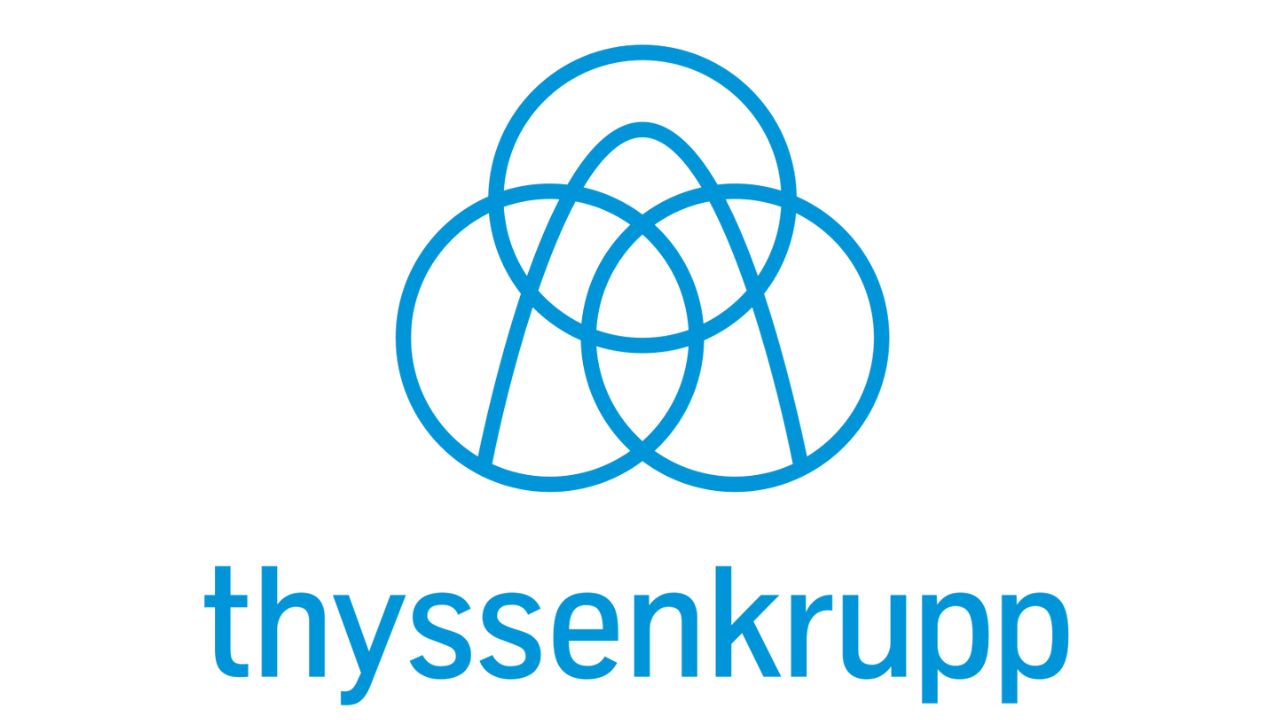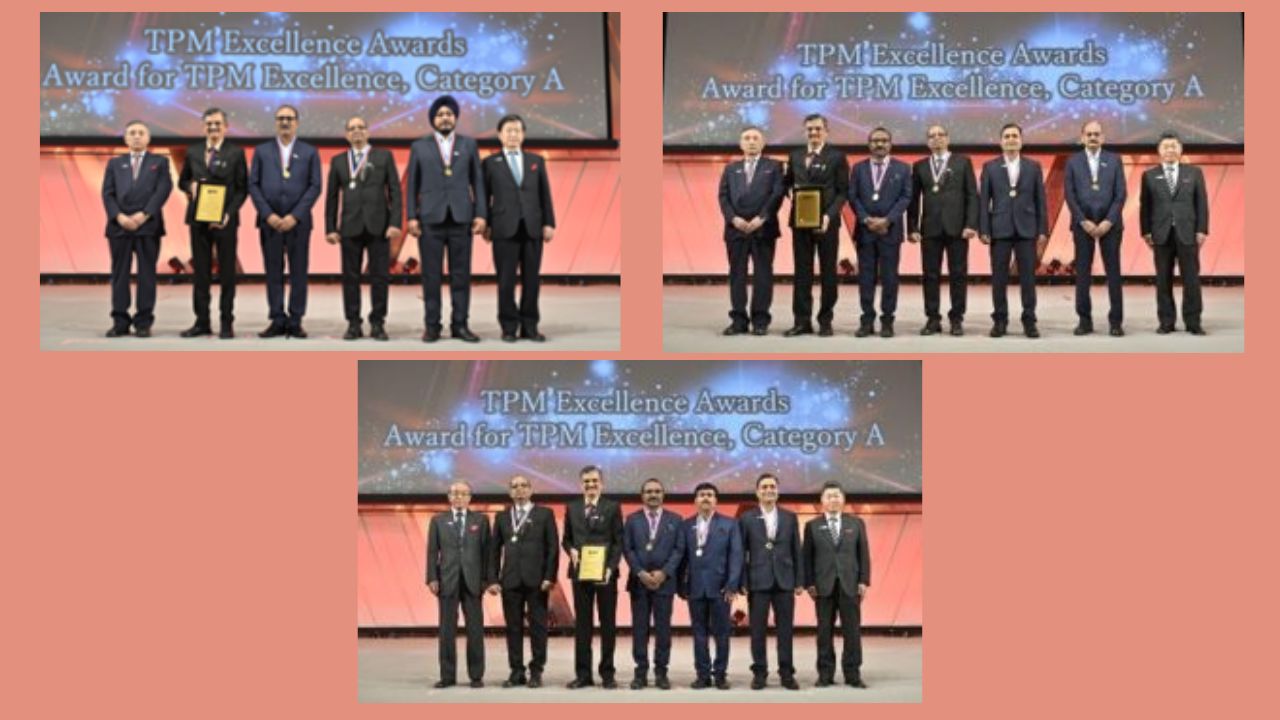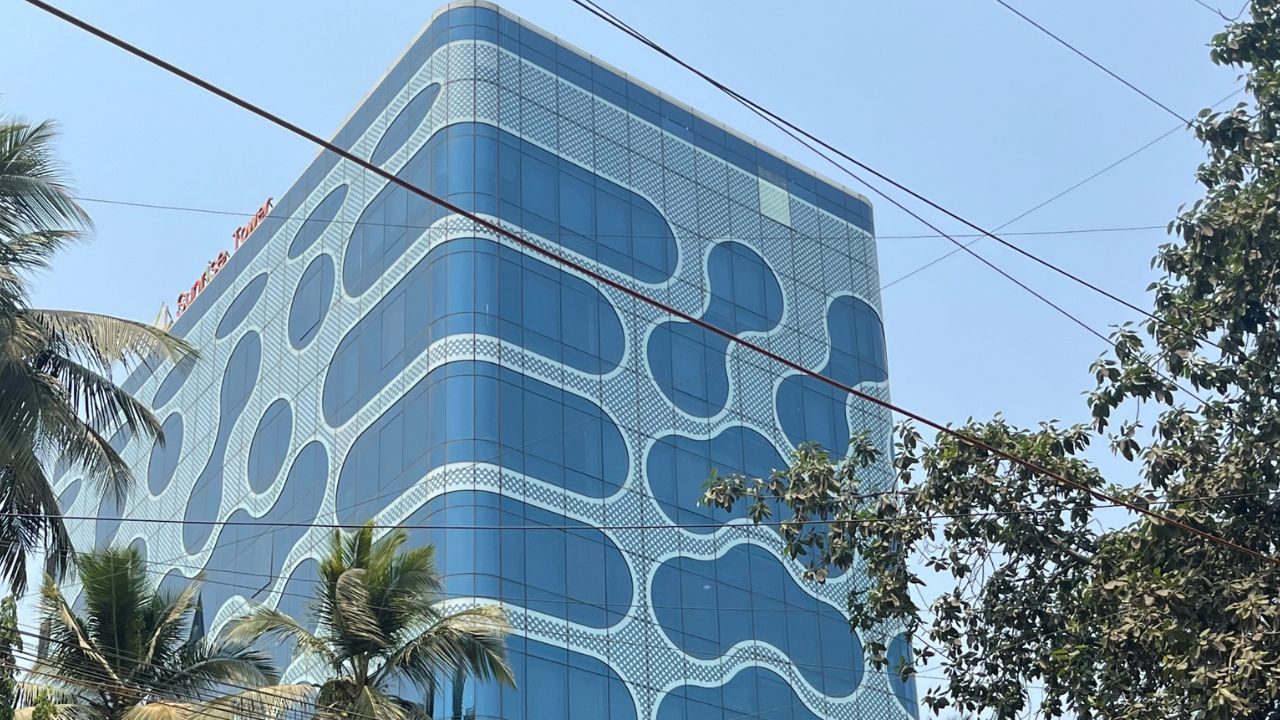Indian Manufacturing PMI at 16-year High of 59.1 in March 2024
#IndiaManufacturingPMI #PMI #ManufacturingGrowth“India’s March manufacturing PMI rose to its highest level since 2008. Manufacturing companies expanded hiring in response to strong production and new orders. On the back of strong demand and a slight tightening in capacity, input cost inflation picked up in March.” -Ines Lam, Economist at HSBC

April 2024: : India’s manufacturing sector ended the current fiscal year with a stellar performance. The HSBC India PMI® climbed to a 16-year high on the back of the strongest increases in output and new orders since October 2020, parallel to the second-sharpest upturn in input inventories in the history of the survey. Employment returned to positive territory and firms scaled up buying levels. There was a mild pick-up in cost pressures during March, but customer retention remained a priority for goods producers who raised their charges to the least extent in over a year.
The seasonally adjusted HSBC India Manufacturing Purchasing Managers’ Index (PMI) climbed to a 16-year high of 59.1 in March 2024, from 56.9 in February. The notable improvement in operating conditions reflected stronger growth of new orders, output and input stocks as well as renewed job creation. Growth of new orders accelerated to the quickest in nearly three-and-a-half years during March, amid reports of buoyant demand conditions. Inflows of new work strengthened from both domestic and export markets, the latter reportedly reflecting better sales to Africa, Asia, Europe and the US.
New export orders increased at the fastest pace since May 2022. Manufacturing output rose for the thirty-third month running in March, and to the greatest extent since October 2020. Growth quickened across the consumer, intermediate and investment goods sectors. As was the case for new orders, the steepest expansion in production was seen at investment goods makers. Quantities of purchases increased at the quickest rate since mid-2023, and one that was among the strongest in nearly 13 years, as companies sought to build-up stocks in advance of expected improvements in sales. Subsequently, inventories of purchases increased to the second-greatest extent in the survey history (behind May 2023). Capital goods was the brightest area regarding both input buying and stockpiling.
Ines Lam, Economist at HSBC, said: “India’s March manufacturing PMI rose to its highest level since 2008. Manufacturing companies expanded hiring in response to strong production and new orders. On the back of strong demand and a slight tightening in capacity, input cost inflation picked up in March.”
After leaving payroll numbers broadly unchanged in the previous two months, manufacturers in India took on additional workers in March. The pace of job creation was mild, but the best since September 2023. Anecdotal evidence highlighted the recruitment of mid-level and full time employees. Pressure on the capacity of goods producers remained mild, as indicated by only a slight increase in outstanding business volumes. Meanwhile, suppliers were generally able to deliver purchased inputs in a timely manner, as signalled by a renewed improvement in lead times.
Despite remaining modest by historical standards, cost pressures were at their highest in five months. Companies reported having paid more for cotton, iron, machinery tools, plastics and steel. A very small proportion of panellists opted to increase their selling prices in March (fewer than five percent), with customer retention efforts preventing several companies from hiking their fees. Collectively, output charge inflation softened to the weakest in over a year. The results for March provided a mixed picture regarding the outlook for the Indian manufacturing sector. Companies remained confident on average, with 28 percent forecasting output growth in the year ahead and one percent expecting a contraction. Planned marketing, new product enquiries and buoyant demand were all cited as reasons for optimism. The overall level of sentiment remained elevated, but slipped to a four month low as inflation concerns weighed on confidence.
NEWSLETTER
TRENDING ON PRO MFG
MORE FROM THE SECTION



